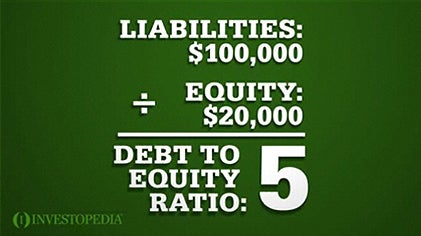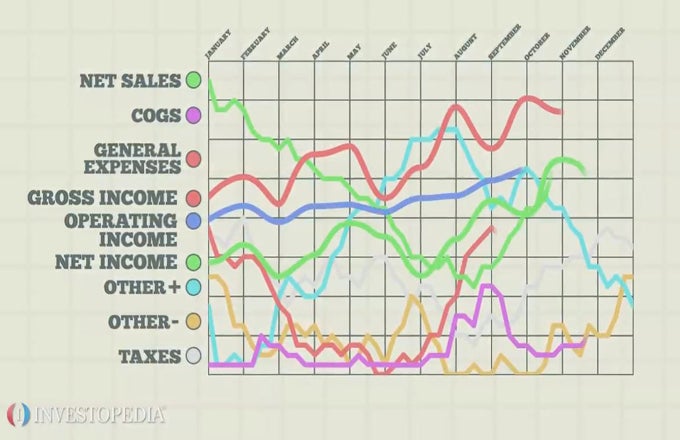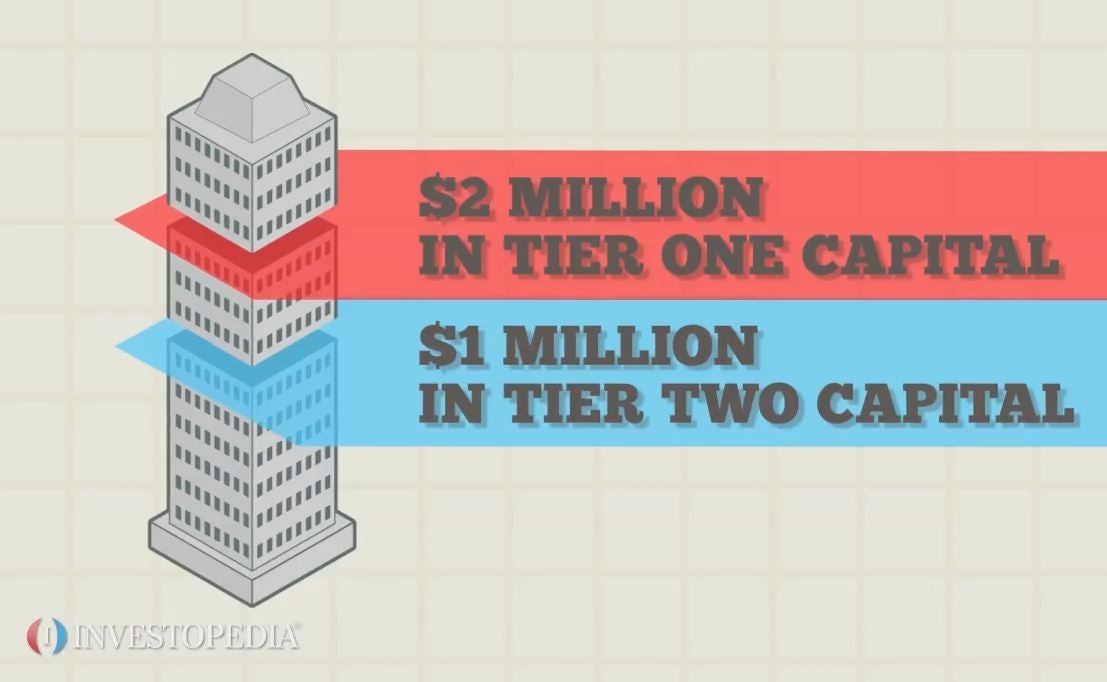Financial analysts typically use the net debt to EBITDA ratio to determine a company’s ability to pay its debt. The formula is:Debt – Cash/EBITDA Debt is the total of a company’s long- and short-term debts. EBITDA is the company’s total earnings before excluding interest, taxes, deprecation and amortization. A high ratio of net debt to EBITDA reveals a company that’s deep in debt. It will have a lower credit rating and be forced to offer higher yields on bonds. Generally, a ratio of 4 or higher is considered too high, though the benchmarks of specific industries should be weighed, as well. Most companies have a ratio higher than 1 (equal amounts debt and EBITDA). Some have higher EBITDA than debt, resulting in a ratio that’s less than 1. The net debt to EBITDA ratio does not include the risks of excess cash or capital expenditures on a company’s finances, so it should be used with caution when evaluating a company. Loan agreements often include a requirement that the borrowing firm must remain above a certain debt to EBITDA ratio, otherwise the loan is immediately due. BigCo totaled its debt at $10 million and then came up with its EBITDA of $8 million. Its ratio is 1.25. A financial analyst would conclude the firm’s debt is low compared to its EBITDA, and determine that BigCo can probably pay its debt.





